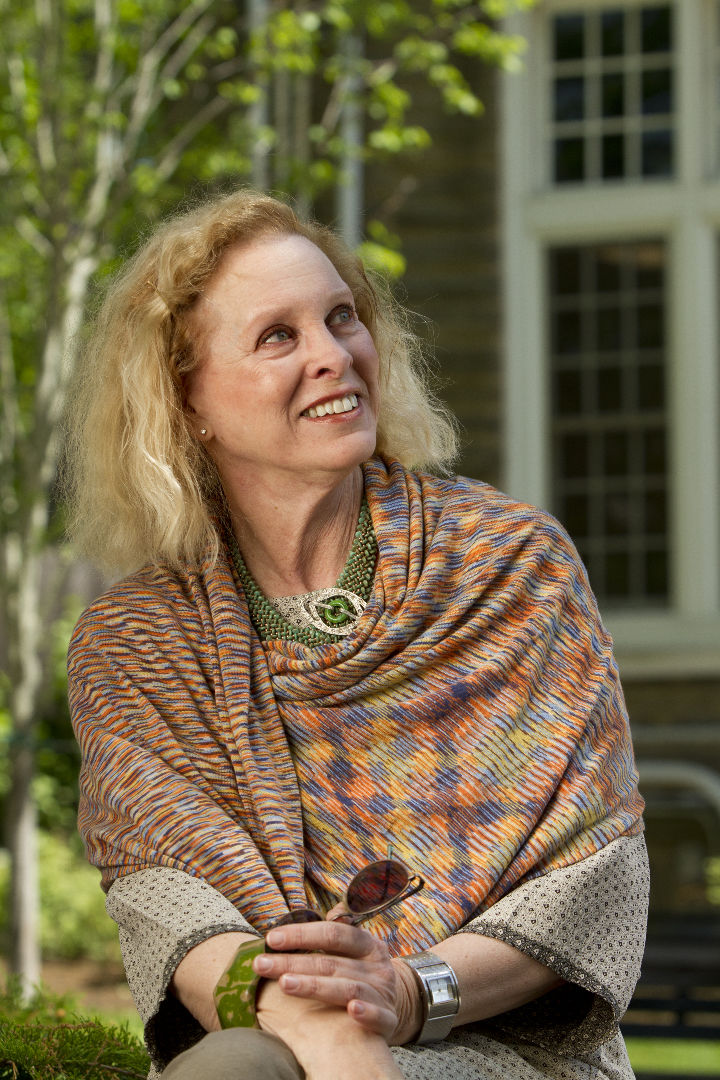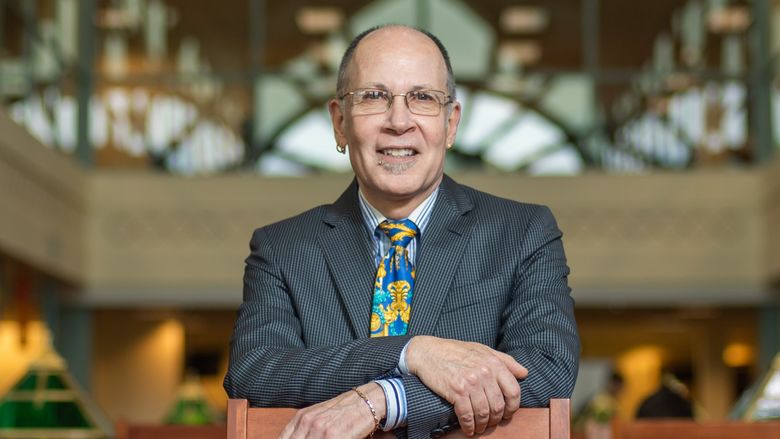ABINGTON, Pa. -- Penn State Laureate Linda Patterson Miller, professor of English at Penn State Abington, will begin her journeys into western Pennsylvania, serving as a “laureate-in-residence” as she interacts with the campus communities at Penn State DuBois (Sept. 13); Penn State Erie, The Behrend College (Sept. 14); Penn State Shenango (Sept. 15); and Penn State Beaver (Sept. 16). Miller will be participating in individual classes and symposiums along with engaging larger audiences in public forums at these locations. “I invite anyone in these geographical areas to join with us for these public presentation as we variously explore the art of American diary-keeping, the lives and art of the 1920s Lost Generation, and the art of Ernest Hemingway as discovered in his letters and early prose,” said Miller.
Check in with Miller’s travels and follow her literary dialogue, “Literary Landings,” at http://laureate.psu.edu/Linda_Miller online. Today, Miller discusses how encounters with art can change lives, as it did for Miller when she first read Hemingway’s “A Farewell to Arms” (1929). To watch a short video of Miller as she provides some background for understanding the transformative power of Hemingway’s art, go to http://bit.ly/nVOzuO online.
***
Literary Landings with the Penn State Laureate: Literary Encounters
By Linda Patterson Miller, 2011-12 Penn State laureate
I little imagined several years back how much Ernest Hemingway would take over my life. Almost all of the writing and teaching that I do inevitably comes back, in some way, to Hemingway. This should not surprise me, since Hemingway had already taken over my reading life as early as my sophomore year in high school. I discovered him, by chance, after I had determined to read all of the fiction in our Chicago library by working my way through the stacks alphabetically, taking them on in rows. My system shattered, however, when I had arrived at the “H’s” and read, for the first time, “A Farewell to Arms.” The book so unsettled me that I could not reshelf it and move on.
I can still see myself reading “Farewell” in my bedroom, where the afternoon sun formed neat squares on the peach wallpaper. Outside my window an early spring had exposed our lawn in brown patches, but I was already transported to the stark white landscape of World War I Switzerland, where Catherine Barkley and Frederick Henry sought refuge from the travesties of war as they embraced their love affair. Hemingway had recreated this life such that I could hear it and see it. I could hear their boots squeaking as they walked snow-covered pathways, and I could see Catherine matching Frederick’s strides, her walking stick (a memento of her previous fiancé who had been blown to smithereens in battle) puncturing the crusty snow. I did not want the book to end, and when it did, I knew that my life had changed. This marked the beginning of my love affair with the father of modern American prose.
Later I took comfort in Maya Angelou’s confession, in her memoir “I Know Why the Caged Bird Sings,” that William Shakespeare was her “first white love.” Angelou “pacified” herself about Shakespeare’s “whiteness” by saying that “after all he had been dead so long it couldn’t matter to anyone anymore.” Although some today have tried to rush Hemingway’s artistic death, banishing him to that authorial graveyard of dead white males, Hemingway will not go quietly. Nor should he.
I invite you to explore with me Hemingway’s legacy as we examine the many ways that his letters and his published prose show us, both men and women, what it means to be human in a world of complex emotional truths. I also invite your comments about a work of art that has had a profound effect on you, perhaps even changing the way you see yourself and the world. Please e-mail me at [email protected].
To comment or to ask the laureate a question, contact Linda Miller at [email protected].
Contact:
Linda Miller
http://laureate.psu.edu



